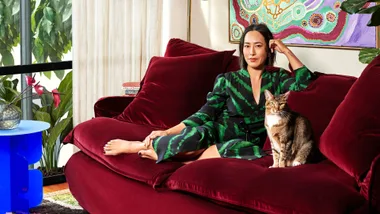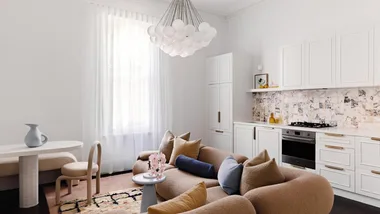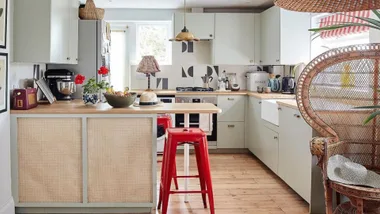In the mid-2010s, The New Yorker writer and author Kyle Chayka noticed a peculiar thing happening in coffee shops. It didn’t seem to matter which city or country Chayka was in, cafes were all starting to look the same: white subway tiles, mid-century Scandinavian style furniture, handmade ceramics.
They weren’t franchises following a global style guide – like Starbucks or Gloria Jean’s – and there’s not some genetic barista quirk that means they all have the same taste in furnishings, their interior design style was being dictated by something else: the algorithm.
In Chayka’s new book, Filterworld: How Algorithms Flattened Culture, he writes about how algorithms have changed culture and what personal taste means in an increasingly homogenised digital world. Think of your Instagram Explore page or TikTok FYP.
At the moment, my Explore page is pushing me interiors that could be part of the same house, except they’re not. It’s worked out that I like bookshelves and a gallery wall, so that’s all I’m seeing. If I tap on a rogue beige-scaped Kardashian-esque living room, I’ll get more of the same.
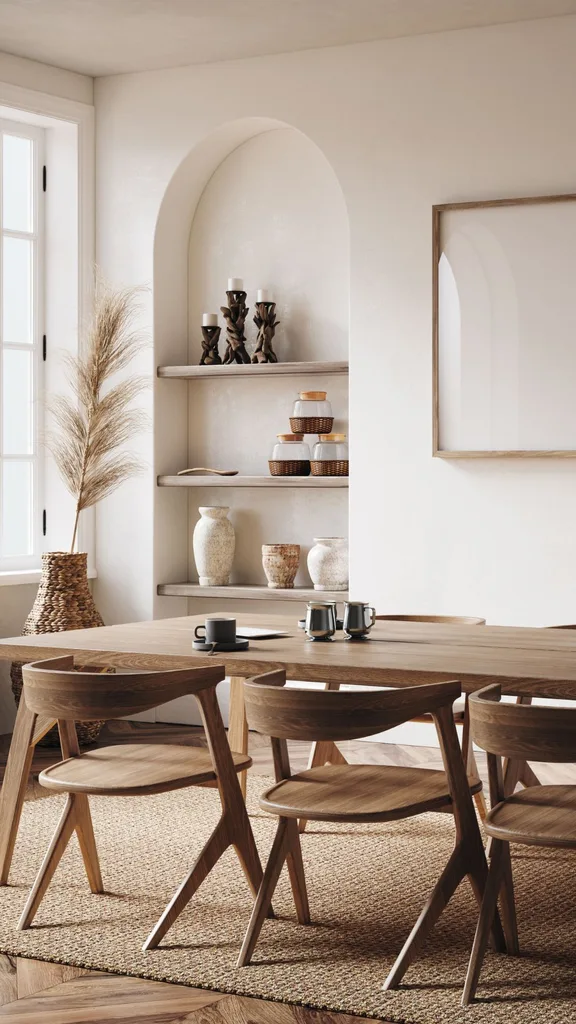
Of course, trends in interior design style, fashion, art and music have been around for eons. But those were all driven by human creativity, passion and connection.
We were responding to people and things we came across organically through nature, film, art galleries, magazines, even Tumblr posts and blogs where you would find someone you like and absorb the things they liked. The difference now is that these trends are data-driven but human-replicated. If a certain design suits the algorithm’s mysterious preferences, it will spread it far and wide.
We then imitate it and the algorithm likes that, so it continues to go viral. It’s a self-fulfilling prophecy, a snake eating its tail, a vicious cycle that’s dulling our creative senses and pushing us into a bland, confirmative aesthetic status quo.
Discovering Your Interior Design Style
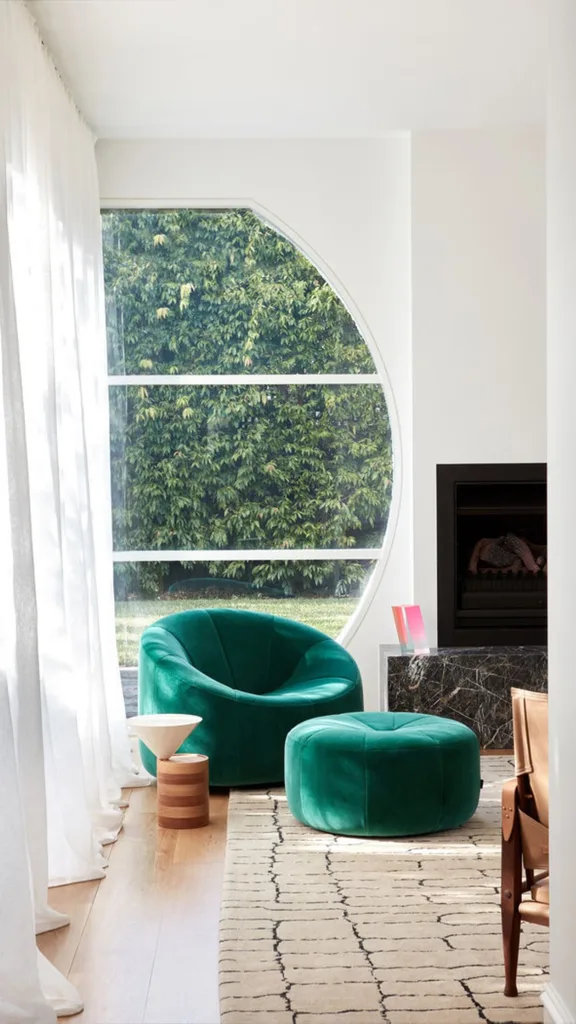
Melbourne-based interior designer Chelsea Hing is well aware of the Instagrammification of her industry.
She’s had clients approach her with moodboards of images and colour palettes they think they should like, because they don’t know what they actually do like. “We talk about design being a reflection of your personality but many find that hard to do,” she says. And it’s not their fault. For one, that’s exactly what an interior designer is there for, and two, if all you’re seeing are greige interiors, that’s where your mind is going to go when it comes to your own home.
More than being bland, trying to replicate an algorithmic trend also means your interiors won’t be cohesive with your built environment. “I take my cues from the architectural period of the built space first because otherwise it’s just this idea transplanted into that home,” advises Hing. “If you’re reproducing sameness, the outcome runs the risk of not having integrity.”
An interior design project can take at least two years, she adds, so designing according to a trend rather than a passion is a surefire way to ensure your place is dated the second it’s finished. “We’ve got to be pushing ourselves forward to be working and engaging with ideas that excite us, so when it’s finished you’re not bored by it.”
So How Do You Take Back Control Of Your Taste?
It takes effort to interrogate what you like, what stirs a reaction in you, and to seek out new experiences rather than passively absorbing the content that’s being pushed to you. “Style or taste is knowing who you are and what you like and then being able to look outside of yourself, see the world around you, and then pick out the one thing … that does resonate with you, that makes you feel like you are who you are, or that you can incorporate into your mindset and worldview,” said Chayka on The Ezra Klein Show podcast.
Hing agrees. “You also need the confidence and guts to ask yourself, what’s important to you? [Your personal style] comes out of your belief system and values about what you think a home should be, what your space should be,” she says. “Think about how you’d approach a space: how should it feel, what do you want it to do, how do you want to be in it, how do you want to live in the space and let that drive your choices.”
As for visual inspiration, it’s not about ditching Instagram or Pinterest altogether. Considering that to care about and be concerned with beauty was once deemed a frivolous, privileged pursuit reserved for the upper echelons of society, the democratisation of aesthetics is a net good. But, says Hing, “you have to be really conscious about making different choices around what you’re looking at, because we absorb so much subliminally. You’ve got to be intelligent about it. The things that give a space personality and individuality have to come from individuality.”
“You also need the confidence and guts to ask yourself, what’s important to you? [Your personal style] comes out of your belief system and values about what you think a home should be, what your space should be”
Chelsea Hing
To do this, to discover little moments that resonate with you on a deeper level, you need to fight against the algorithm and seek experiences that will surprise you. See movies, visit libraries, art galleries: in-person experiences that have been curated by other humans with their own taste will lead you in the direction of yours. Walk into shops, restaurants and cafes and absorb their design choices – good and bad.
“It’s about what creates energy, interest, excitement and engagement,” says Hing of what to make note of in your travels. Add those to your moodboard. “I’m working really hard not to replicate what I’m seeing on social media at all, so I go back to basics,” she explains.
“I’m pulling colour palettes out of nature and paintings. It’s about going back to the origins of things, the birth of design movements and interpreting them for yourself. It’s art, music, film – all of the creative pursuits. If you follow those, that’s how you stumble on your personal voice in a language you understand. The language of social media is only comforting because you see it more often, so you need to break the circuit.”
Three Style-Makers Defying The Algorithm
Flex Mami
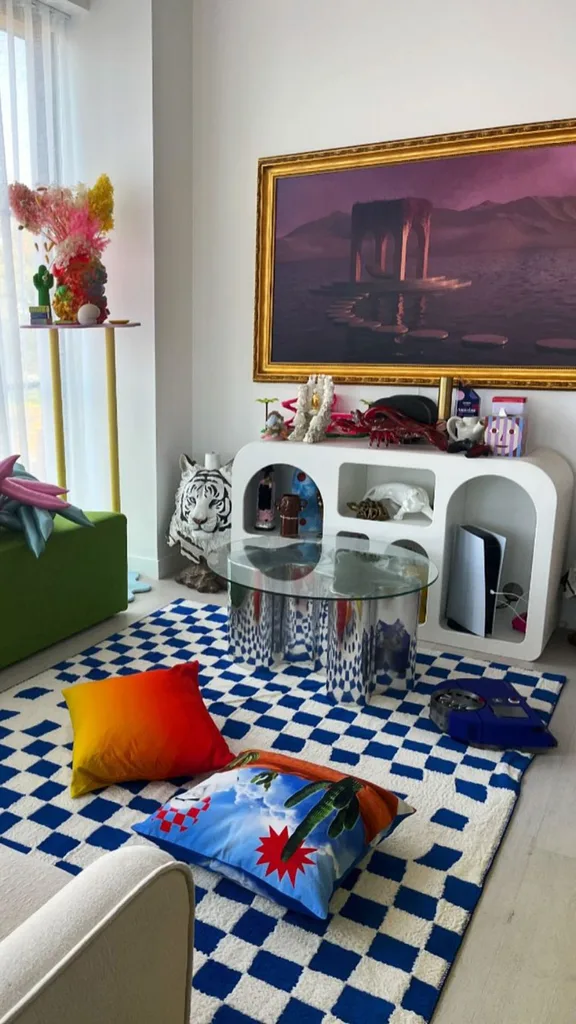
Multi-hyphenate creative Flex Mami’s Instagram account is full of glorious hyper-colour DIY inspiration and invigorating interior design style.
Pandora Sykes
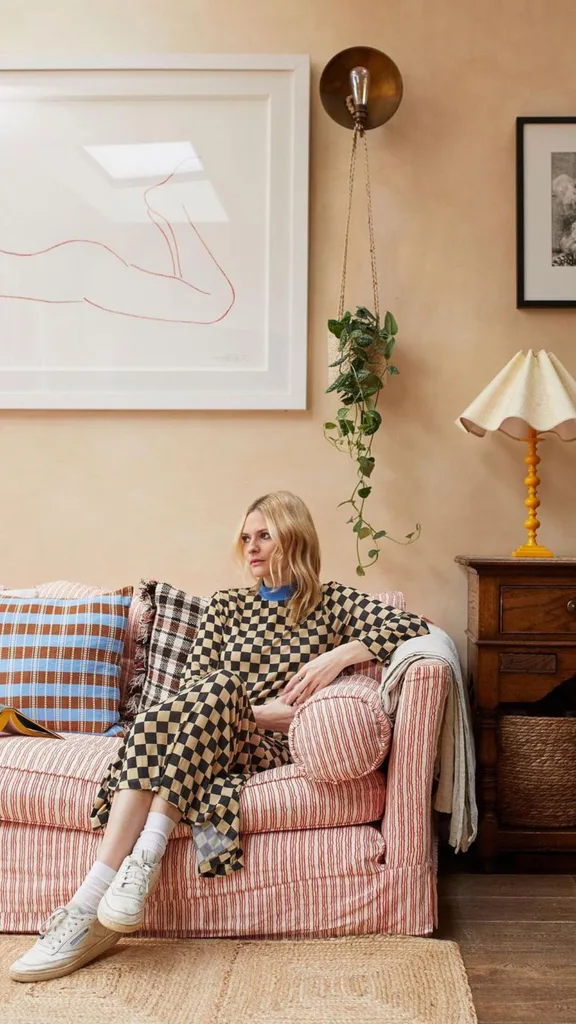
Journalist, author and podcaster Pandora Sykes’ Substack, Books + Bits, includes one-off vintage pieces she comes across online.
Eleanor Cording-Booth
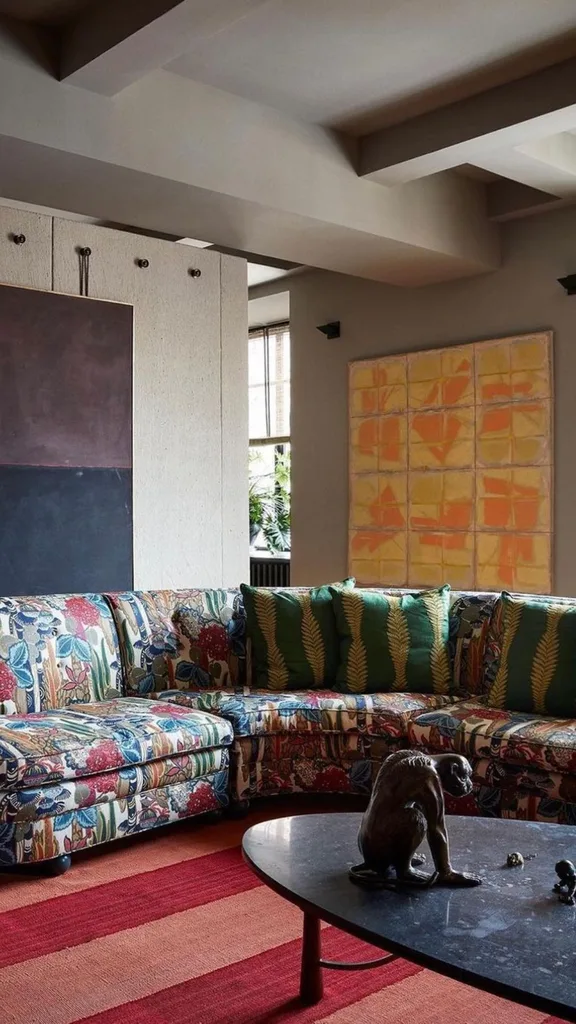
You’ll find useful style suggestions in interiors writer Eleanor Cording-Booth’s Substack, A Considered Space.
READ NEXT:
5 Hotels We’re Stealing Interiors Inspiration From
9 Interior Design Accounts To Follow For Seriously Dreamy Home Inspo
Step Inside Nadia Fairfax-Wayne’s Vibrant Sydney Terrace
 Getty Images
Getty Images
